Our conversations about equality, inclusion and social justice are shaped by many different concepts and key terms. At atom*innen, we believe it is essential to understand these terms in order to engage thoughtfully with these important issues. Our Diversity and Inclusion Glossary is your comprehensive resource for understanding the key terms and concepts that shape discussions about equality, inclusion and social justice. Whether you're new to these issues or want to deepen your understanding, this glossary tries to provide definitions and insightful explanations. Of course, these may change quickly and they may not cover the complexity of social phenomena. Still, we want to start somewhere. Explore, learn and join us on the journey towards a more inclusive community! :-)
Ableism
Ableism refers to beliefs and practices that devalue and discriminate against individuals with physical, intellectual, or psychiatric disabilities.
Ageism
Ageism is the stereotyping, prejudice, and discrimination against individuals based on their age. Ageism manifests in various ways, such as being overlooked for jobs or denied access to social services.
Agender 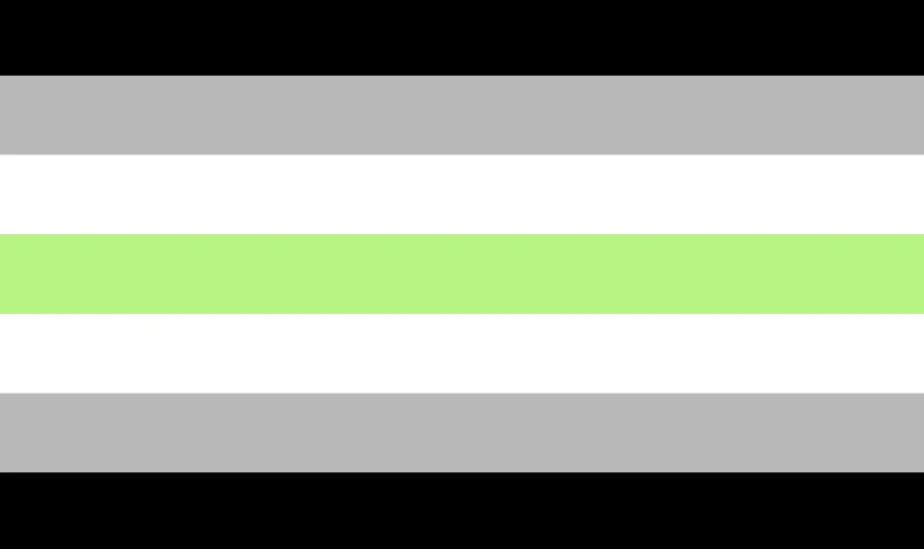
The term 'agender' is used by people who do not identify with any gender, who do not feel they belong to any gender, or who cannot relate to the concept of gender.
Ally
A person who does not belong to a marginalized and/or minority group, but who is an advocate or supporter of that group. For example, you may identify as a cis male but listen to and support the LGBTQIA+ community. Allyship has to do with self-reflection and questioning privilege and power in society. Allies usually try to use their position and privilege outside of marginalised groups to actively push for equality.
Asexuality 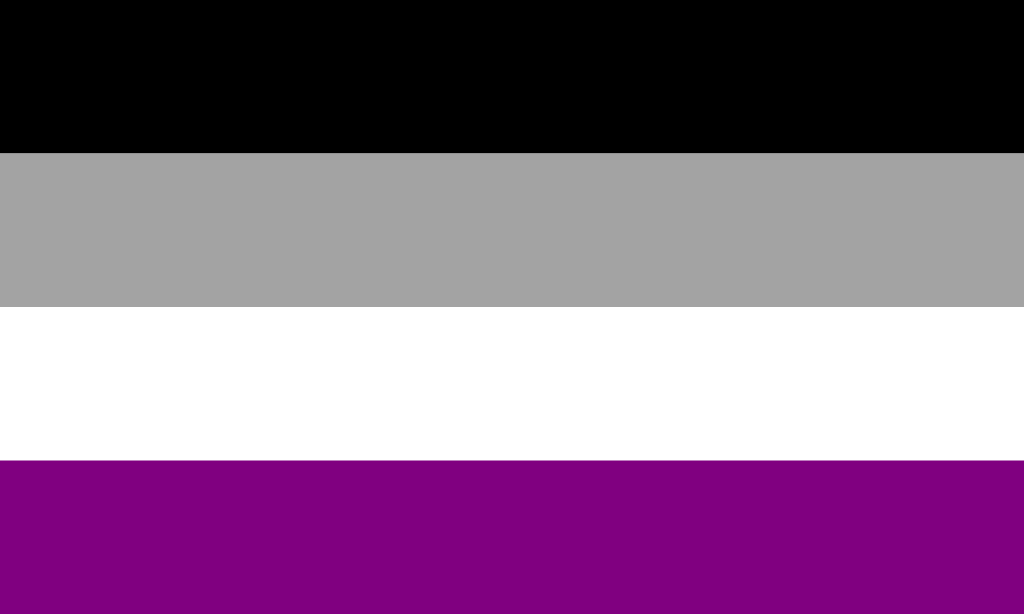
Asexuality is a sexual orientation. People who are asexual feel little or no sexual attraction to others, but this does not necessarily mean that they are aromantic. There are different sub-labels within the asexual spectrum.
Bias
A systematic tendency that leads to flawed perception, memory, thinking, and judgment. It often results in unfair personal opinions that influence decision-making and behavior. In the context of gender and inclusion, we often hear about the term unconscious or implicit bias. This term refers to stereotypes or prejudices individuals may hold about a particular social group that they are not fully aware of. This bias can be directed toward people of certain races, gender identities, sexual orientations, physical abilities or even personal traits.
BIPoC
An acronym for Black, Indigenous, and people of color (pronounced 'bye-pock'): This term is used (especially in the US) to acknowledge the histories, experiences and struggles of Black and Indigenous peoples alongside other people of color. The term aims to make Black and Indigenous identities more visible, addressing racism, marginalization, oppression, cultural erasure, and discrimination against these communities.
Bisexuality 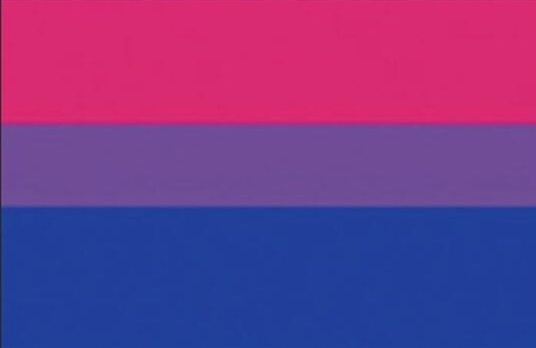
A romantic, emotional or sexual attraction toward people of more than one gender. It should not be assumed that a person is (only) attracted to the two genders in the binary system. For instance, bisexuality does not exclude non-binary individuals.
Cis / Cisgender
Cis or cisgender is used to describe a person who identifies with the sex they were assigned at birth. For example, a cisgender man is someone who was assigned male at birth and identifies as male.
The prefix cis comes from the Latin 'on the same side as', which is the opposite of trans, meaning 'on the opposite side as'. By naming and thus making visible what is often considered the norm, the term helps to specify that someone is not transgender.
Classism
The differential treatment of individuals based on their social class or perceived social class. Classism assigns characteristics of worth and ability based on social class, leading to inequalities in opportunities, resources, and social mobility.
Discrimination
Direct discrimination is characterised by the intent to treat less favourably a person or a group. Indirect discrimination refers to cases where apparently neutral provisions or practices affect members (or perceived members) of a particular group in less favourable ways.
Positive discrimination (also known as affirmative action) refers to policies and practices that give certain historically marginalized and discriminated groups an advantage. One common example is the implementation of quotas to ensure that a certain proportion of opportunities are reserved for these groups.
Structural discrimination is woven into the ways our societies function, and operates through norms, routines, patterns of attitudes and behaviour that create obstacles in achieving equal opportunities and real equality.
Diversity
Diversity refers to the presence of differences within a group, organization, or society. These differences can relate to different factors such as gender, race, class, age, disability, sexual orientation, religion and more.The concept acknowledges that people have multiple, interconnected identities which influence their experiences and the dynamics of different situations.
Empowerment
Empowerment refers to processes and strategies that support individuals or groups in gaining greater control over their lives. The term originates from psychology and social pedagogy and is often translated as “self-empowerment” or “self-efficacy.” Empowerment enables people to act independently, make informed decisions, and actively participate in shaping their own circumstances and environments.
Equality
Equality means each individual or group of people is given the same resources, rights and opportunities.
Equity
Equity is about treating individuals fairly and justly by acknowledging and addressing their different needs, experiences and starting points. Equity involves providing tailored support to ensure that everyone has the opportunity to succeed. Equity also involves identifying and actively removing systemic barriers and injustices that create disadvantage, with the aim of achieving fair outcomes for all.
Gay
Someone who is emotionally, romantically, or sexually attracted to people of the same gender. This term may be used by men, women and non-binary people to describe themselves.
Gender
A socially defined concept and construct that is used to classify individuals (e.g. as male, female, non-binary, ...). As a construct, gender can change over time and is expansive and dynamic. Gender as a construct can change over time. Gender is shaped by a society's understanding of masculinity and femininity, as well as how these relate to roles, behaviours, expectations, identities and attributes. It influences how people are perceived and how they experience themselves, and it is not the same as biological sex.
Gender identity
The gender identity describes the gender or genders with which people identify themselves. A person's gender identity may or may not align with the sex assigned to them at birth.
Glass ceiling
This term refers to the invisible barriers and structural obstacles that prevent women, and often other marginalised groups, from reaching top leadership or decision-making positions within organisations, whether public or private. These barriers are not formal rules, but are instead embedded within organisational cultures, practices and power dynamics. They can include gender bias, exclusion from informal networks, a lack of mentorship opportunities, and assumptions about leadership and competence. The term highlights the gap between the promise of equal opportunity and the reality of limited advancement.
Heteronormativity
Heteronormativity is the belief that heterosexuality is the default or 'normal' sexual orientation. This belief is based on the assumption that individuals fit into a strict gender binary. This can lead to the exclusion and discrimination of those who do not conform.
Horizontal segregation
Horizontal segregation refers to the unequal distribution of women and men across different sectors, fields, or occupations. It describes the tendency for certain jobs or areas of work to be dominated by one gender — for example, women being overrepresented in care, education, or administrative roles, and men in engineering, technology, or construction. This form of segregation is shaped by gender stereotypes, cultural norms, educational pathways, and societal expectations about what kinds of work are “appropriate” for whom. Horizontal segregation contributes to gender inequality by limiting career choices, reinforcing pay gaps, and undervaluing work typically done by women.
Intersectionality
Intersectionality is an analytical framework that helps us to understand how different aspects of a person’s identity, such as gender, race, class, sexual orientation, disability, migration background or age, interact and overlap. These intersections shape people’s lived experiences and can result in unique forms of discrimination and disadvantage. The concept emphasises that gender inequality cannot be fully understood in isolation, but must be considered alongside other systems of oppression. Intersectionality helps to reveal the complexity of social inequality.
Intersex 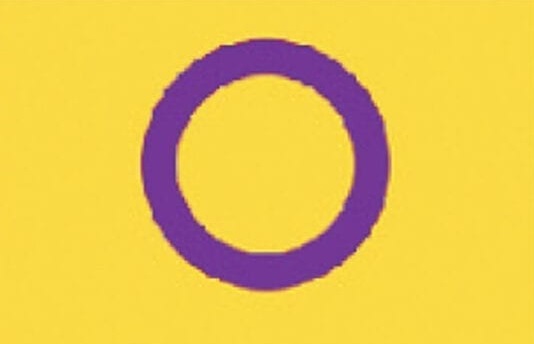
An umbrella term used to describe a range of different variations in the physical characteristics of a person who does not fit the strict medical definitions of either female or male.
Leaky pipeline
This metaphor describes the gradual loss of individuals from underrepresented groups, such as women and LGBTQ+ people, at various stages of an educational or career path, particularly in STEM subjects (science, technology, engineering and mathematics). While many enter the pipeline in the early stages, a significant number 'leak out' before reaching senior or leadership positions. This highlights systemic issues such as bias, a lack of support and exclusionary environments that contribute to this attrition.
LGBTQIA+
Acronym for persons who identify as lesbian, gay, bisexual, transgender, intersex, queer, agender and more.
Lesbian 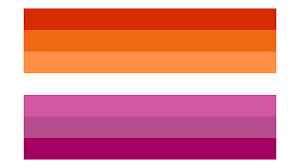
A sexual or romantic orientation most often defined as a woman who is attracted to other women. The term also describes a queer attraction to women and femininity.
Lookism
This term refers to discrimination or prejudice based on a person's appearance. This can lead to unfair treatment in various contexts, such as employment, social interactions, and media representation.
Mansplaining
Mansplaining is a portmanteau of the words 'man' and 'explaining', and refers to a situation in which a man condescendingly, overconfidently or patronizingly explains something to someone — often a woman — typically without regard for their actual knowledge or expertise. The term highlights a broader pattern of gendered communication, whereby men may assume authority or competence based on gender rather than experience. While not every explanation given by a man constitutes mansplaining, the term draws attention to the unequal power dynamics that can exist in conversations, particularly in professional or academic settings.
Matilda effect
The Matilda Effect refers to the systematic undervaluing or misattribution of women's contributions to science and other fields of knowledge. It describes the tendency for women’s work to be overlooked or ignored, or for it to be credited to male colleagues, which often leads to their exclusion from recognition, awards or authorship.
The term was coined by science historian Margaret W. Rossiter in 1993 and named after 19th-century women’s rights activist Matilda Joslyn Gage, who first documented the phenomenon. The Matilda Effect highlights the ongoing gender bias in recognizing academic and professional achievements, and it serves as a counterpoint to the Matthew Effect, which describes the tendency for well-known scientists to receive disproportionate credit.
Microaggressions
A comment or action that unconsciously or unintentionally expresses or reveals a prejudiced attitude toward a member of a marginalized group, such as a racial minority. These small, common occurrences include insults, slights, stereotyping, undermining, devaluing, delegitimizing, overlooking or excluding someone. Over time, microaggressions can isolate and alienate those on the receiving end, and affect their health and wellbeing.
Non-binary 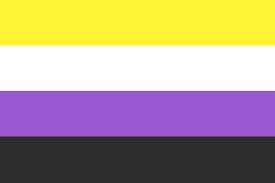
Non-binary is an umbrella term for people who do not identify as exclusively a man or a woman. Someone who is non-binary might identify with elements of both genders, neither, somewhere in between or as a different gender. The term enby ("n.b.") is short vor non-binary.
Pinkwashing
This term is used to describe the practice of promoting one's organisation as supportive of LGBTQ+ rights in order to gain approval, improve one's public image or distract from harmful or controversial actions or policies. The support displayed is often merely performative, offering little to no real benefit to LGBTQ+ communities.
Pygmalion effect
The Pygmalion Effect is a psychological phenomenon whereby improved performance is achieved when a person is expected to succeed. In other words, when teachers, managers or colleagues believe that someone can succeed, this can boost their confidence and motivation, often resulting in better outcomes.
Queer
Queer is an umbrella term used to describe sexual orientations, gender identities and gender expressions that differ from the traditional concepts of heterosexuality and the gender binary. This can include lesbian, gay, bisexual, transgender, non-binary, intersex and asexual identities, among others. Although historically used as an insult, many within LGBTQIA+ communities, have reclaimed the term as a fluid and inclusive identity that challenges rigid categories of sexuality and gender.
Quota
A quota is a policy that sets a minimum number or percentage of positions, places or opportunities that are reserved for a particular group. It is often used to promote representation and inclusion. Gender quotas, for example, may require a certain proportion of leadership roles, political seats or organisational boards to be filled by women or other underrepresented groups. Quotas aim to address historical inequalities and barriers by ensuring more balanced participation and diversity.
Racism
Racism involves prejudice, discrimination or hostility directed towards people because of their membership of a particular racial or ethnic group, often a marginalised or minority group. It involves systemic inequalities and power imbalances that disadvantage certain groups based on race or ethnicity, affecting their access to rights, resources, and opportunities.
Sexism
Sexism refers to discrimination based on gender, which is particularly evident in male-dominated societies through the devaluation and marginalisation of women, transgender individuals and femininity in general. In this context, cis masculinity is considered the norm against which all other genders and identities are judged. This results in systematic disadvantages and reinforces stereotypical gender roles that hinder equality.
Sticky floor effect
This metaphor describes the systemic and often invisible barriers that prevent individuals, especially women and marginalized groups, from progressing beyond entry-level positions in the workplace. Unlike the 'glass ceiling', which blocks upward mobility at higher ranks, the 'sticky floor' effect traps people at the bottom through discrimination, low mobility, bias or a lack of opportunity, thereby limiting career progression from the outset.
Transgender / trans 
An umbrella term that refers to people whose gender identity and/or gender expression is different from the sex that they were assigned at birth.
Vertical segregation
Vertical segregation is the term used to describe the underrepresentation of women (or other marginalised groups) in senior positions within the same sector, field or organisation. Even in professions where women are well represented, they are often concentrated in lower-paid or lower-status roles, while men tend to hold the majority of leadership and decision-making positions.
White Supremacy
The ideology that positions white people and their ideas, beliefs, and actions as superior to those of people of color.
We missed some items you would like to have listed? This is work in progress - feel free to reach out to us anytime via

